In the realm of avian communication, most people immediately think of birdsong—those melodious whistles, calls, and trills that fill our forests and gardens. However, nature has evolved far more innovative ways for birds to communicate beyond vocal abilities. Among these remarkable adaptations is the fascinating phenomenon of birds using their wingbeats as sophisticated communication tools. From courtship displays to territorial warnings, these percussive signals serve crucial functions in avian social structures. Unlike vocal calls that can be limited by environmental conditions, wingbeat communication often cuts through dense foliage, travels long distances, and works effectively even in noisy environments. This alternative communication channel represents one of nature’s most ingenious adaptations, allowing birds to convey complex messages through a purely mechanical means.
The Remarkable Manakin Family: Percussion Specialists

Within the neotropical family Pipridae, commonly known as manakins, several species have developed extraordinary wing-based communication systems. The white-ruffed manakin (Corapipo altera) and the golden-collared manakin (Manacus vitellinus) are perhaps the most famous percussionists of the bird world. Males of these species produce sharp, crackling sounds by rapidly snapping their wings together above their backs, creating sounds that resemble tiny firecrackers or popping seeds. These sounds are not accidental byproducts of movement but deliberately produced signals that have evolved specific acoustic properties to maximize transmission through their forest habitats. The males perform these displays at traditional display sites called leks, where they compete for female attention through their percussion skills, with the most proficient performers typically achieving higher mating success.
The Anatomical Adaptations for Wing Percussion
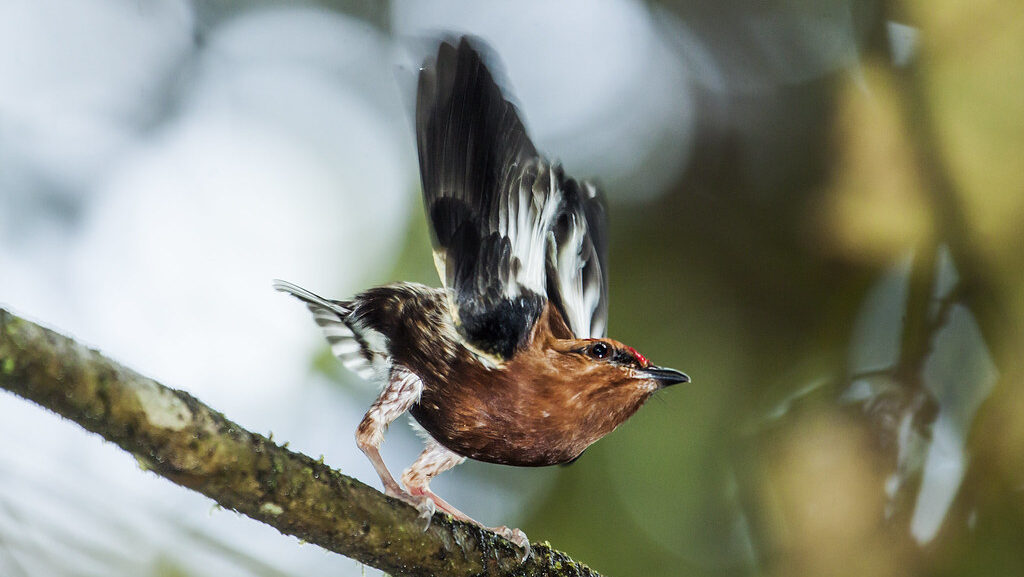
Evolution has equipped percussion-specialized birds with remarkable anatomical modifications to support their wingbeat communications. In many manakin species, specialized wing feathers feature thickened rachises (central shafts) and modified barbules that enhance sound production when struck together. The golden-collared manakin possesses unusually thick and stiff secondary feathers that produce louder, more resonant sounds when snapped. Furthermore, their wing muscles have evolved to be proportionally larger than those of similar-sized birds, allowing for the incredibly rapid and forceful movements required for sound production. Perhaps most impressive, some species have actually developed modified wing bones—including altered ulnas and radiuses—that function more effectively as percussion instruments, demonstrating how communication needs can drive profound anatomical changes over evolutionary time.
The Club-winged Manakin’s Unique Violin-like Mechanism
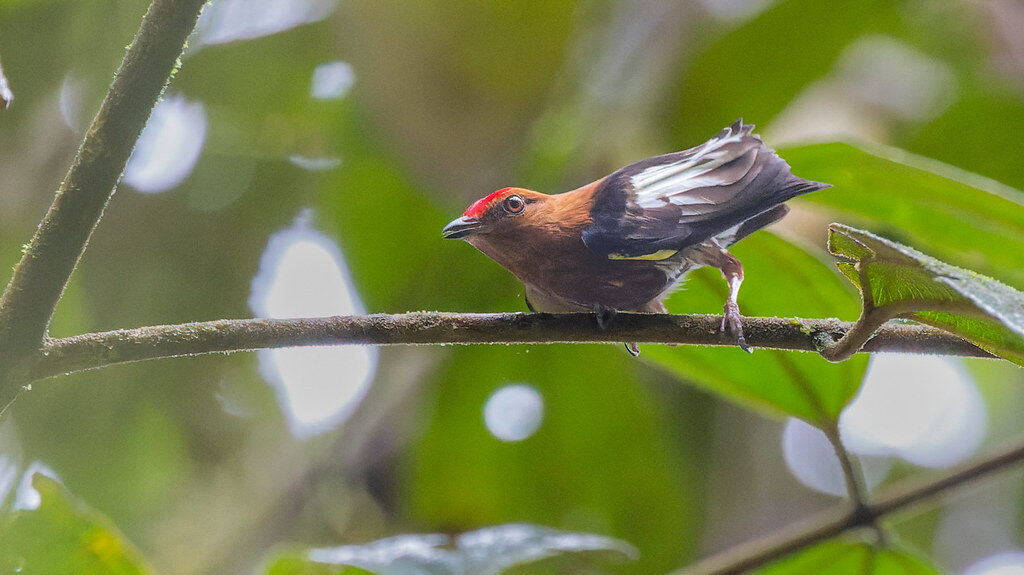
The club-winged manakin (Machaeropterus deliciosus) represents perhaps the most extraordinary example of evolutionary adaptation for wingbeat communication. Unlike other percussive birds, this species has evolved a true string instrument within its wings. Males possess specialized secondary feathers with enlarged, hollow, club-shaped tips and ridged surfaces that function remarkably similarly to a violin. When the bird rapidly vibrates its wings, one specialized feather rubs against the ridged surface of another, creating a sustained, pure tone at around 1.5 kHz—a clear, resonant “ting” sound that carries through the forest understory. This biomechanical adaptation is so specialized that the wing bones themselves have been modified, becoming solid rather than hollow to enhance sound resonance. This remarkable adaptation comes at a cost—the solid bones make flight more energetically expensive—highlighting the powerful role of sexual selection in driving seemingly impractical evolutionary specializations.
The Ruffed Grouse’s Territorial Drumming
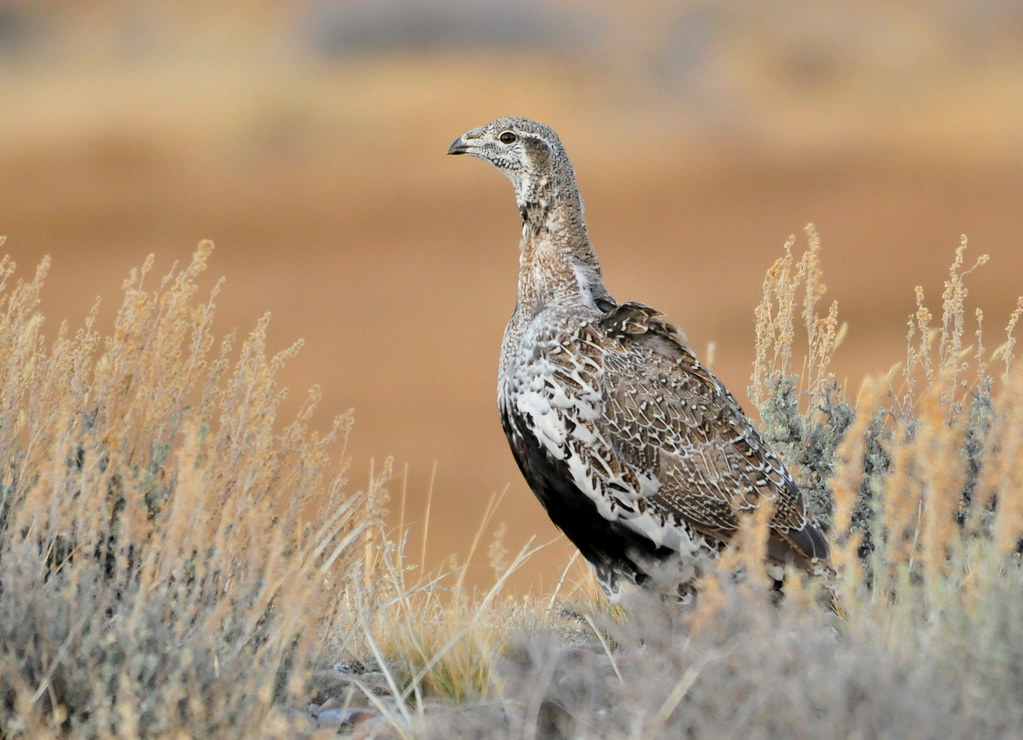
In the forests of North America, the ruffed grouse (Bonasa umbellus) employs a completely different wingbeat communication strategy. Males perform a distinctive “drumming” display by beating their wings against the air, creating a vacuum that produces a deep, accelerating thumping sound often mistaken for a distant motor starting up. Unlike manakins, grouse don’t strike their wings together; rather, they rapidly compress air to create low-frequency pressure waves that can travel extraordinary distances through forest environments. Males typically perform this display while standing on elevated “drumming logs”—fallen trees that they return to year after year, creating traditional signaling posts. This territorial announcement serves both to warn off rival males and to attract females, with each male developing a slightly unique drumming rhythm that may help identify individuals to knowledgeable listeners.
The Mourning Dove’s Whistling Wings
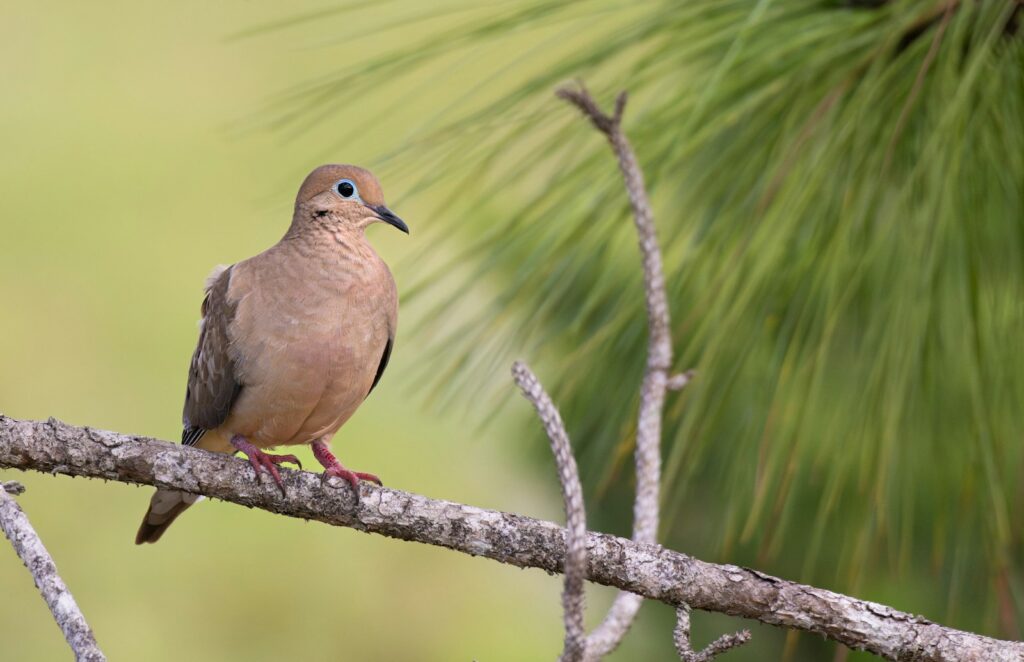
The mourning dove (Zenaida macroura) demonstrates yet another method of wingbeat communication with its distinctive whistling wing sounds. When these birds take flight, their wings produce a high-pitched whistling or whinnying sound created by specialized feathers that vibrate in the airflow. This sound isn’t merely a byproduct of flight; research indicates it serves as an alarm signal to other doves, warning of potential danger. Interestingly, the acoustic characteristics of these sounds differ depending on whether the dove is fleeing a predator or simply taking normal flight, suggesting a nuanced communication system. The whistling mechanism involves the leading edge of the wing’s primary feathers, which have evolved subtle modifications that enhance their ability to vibrate at specific frequencies. This adaptation demonstrates how even incidental flight sounds can be co-opted and refined for communication purposes over evolutionary time.
The Dramatic Wing Claps of Courtship Displays
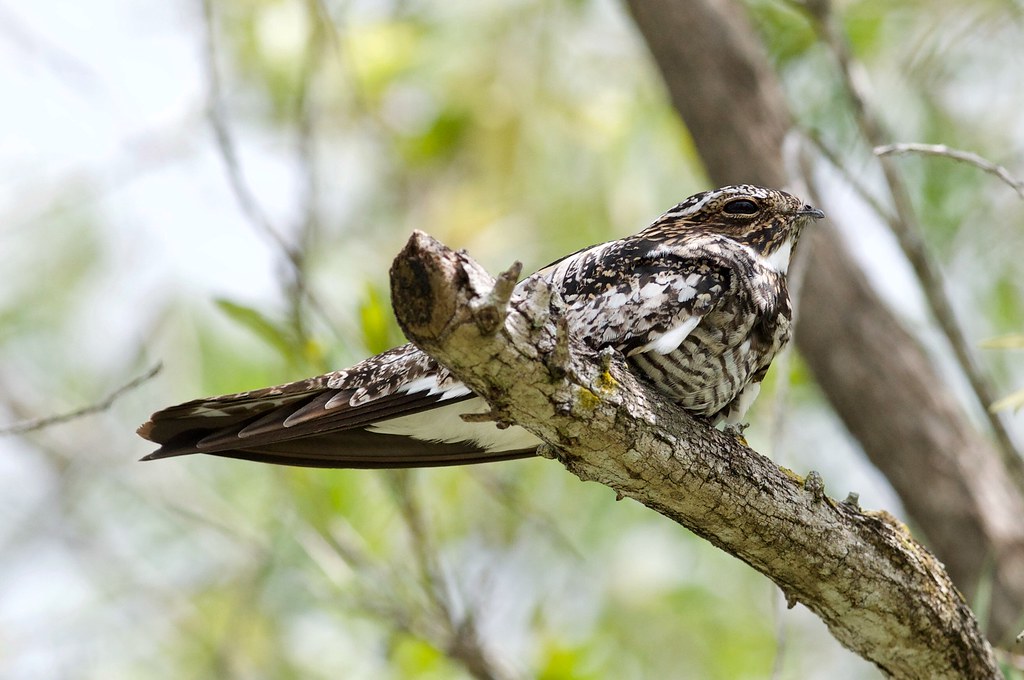
Many bird species incorporate dramatic wing claps into their courtship rituals, creating percussive elements that enhance their visual displays. The common nighthawk (Chordeiles minor) performs spectacular dives during which the male pulls out of the plunge with a distinctive booming sound produced by air rushing through wing feathers. Similarly, the greater sage-grouse (Centrocercus urophasianus) incorporates wing swishing and popping sounds into its elaborate lek displays, punctuating visual elements with acoustic highlights. Wood pigeons (Columba palumbus) execute dramatic wing claps during courtship flights, producing sharp reports that can be heard from considerable distances. These acoustic elements are carefully synchronized with visual displays, creating multi-sensory performances that females evaluate when selecting mates, suggesting that the quality of wing sounds may communicate valuable information about male fitness and coordination abilities.
The Wing-Drumming Communication of Woodpeckers
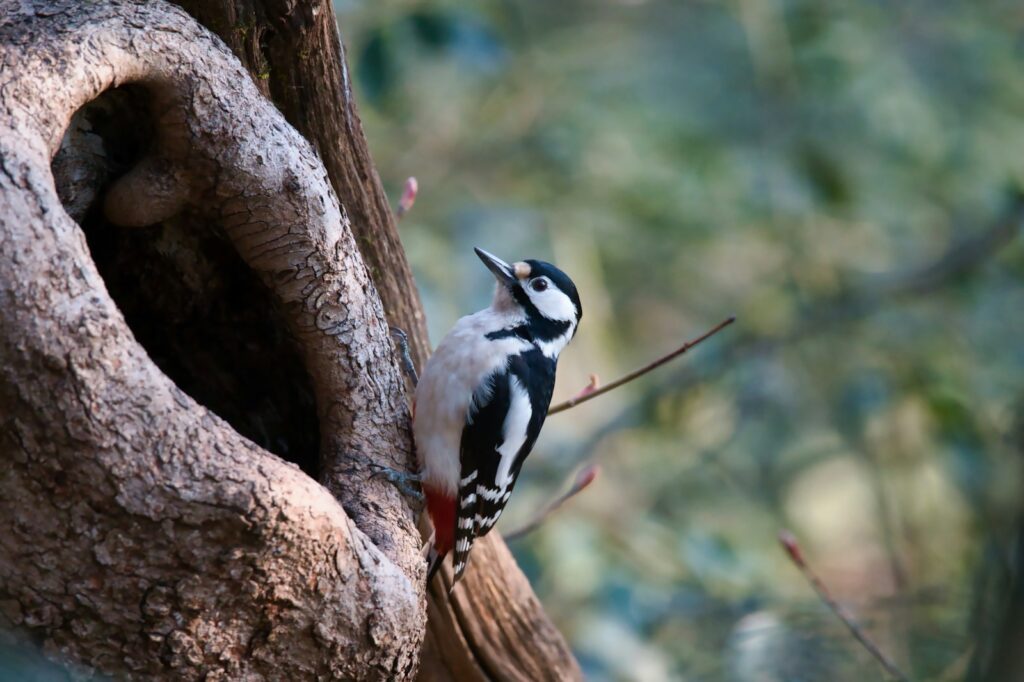
While woodpeckers are famous for their bill-drumming on resonant surfaces, several species also employ wing-drumming as a communication strategy. The pileated woodpecker (Dryocopus pileatus) performs an impressive wing-drumming display by rapidly beating its wings against its sides while maintaining a stationary position on a tree trunk. This creates a loud, hollow thumping that serves as a territorial announcement and pair-bonding signal. The ruffed grouse’s cousin, the spruce grouse (Falcipennis canadensis), performs wing flutters that produce distinctive sounds used in close-range communication between mates and family groups. Yellow-bellied sapsuckers (Sphyrapicus varius) incorporate wing-sounds into their complex territorial displays, alternating between bill drumming and wing movements to create a diverse acoustic signature. These wing-drumming behaviors demonstrate convergent evolution with the more famous bill-drumming, both adaptations evolving to exploit the acoustic properties of forest environments.
The Wing-Trill of Hummingbirds
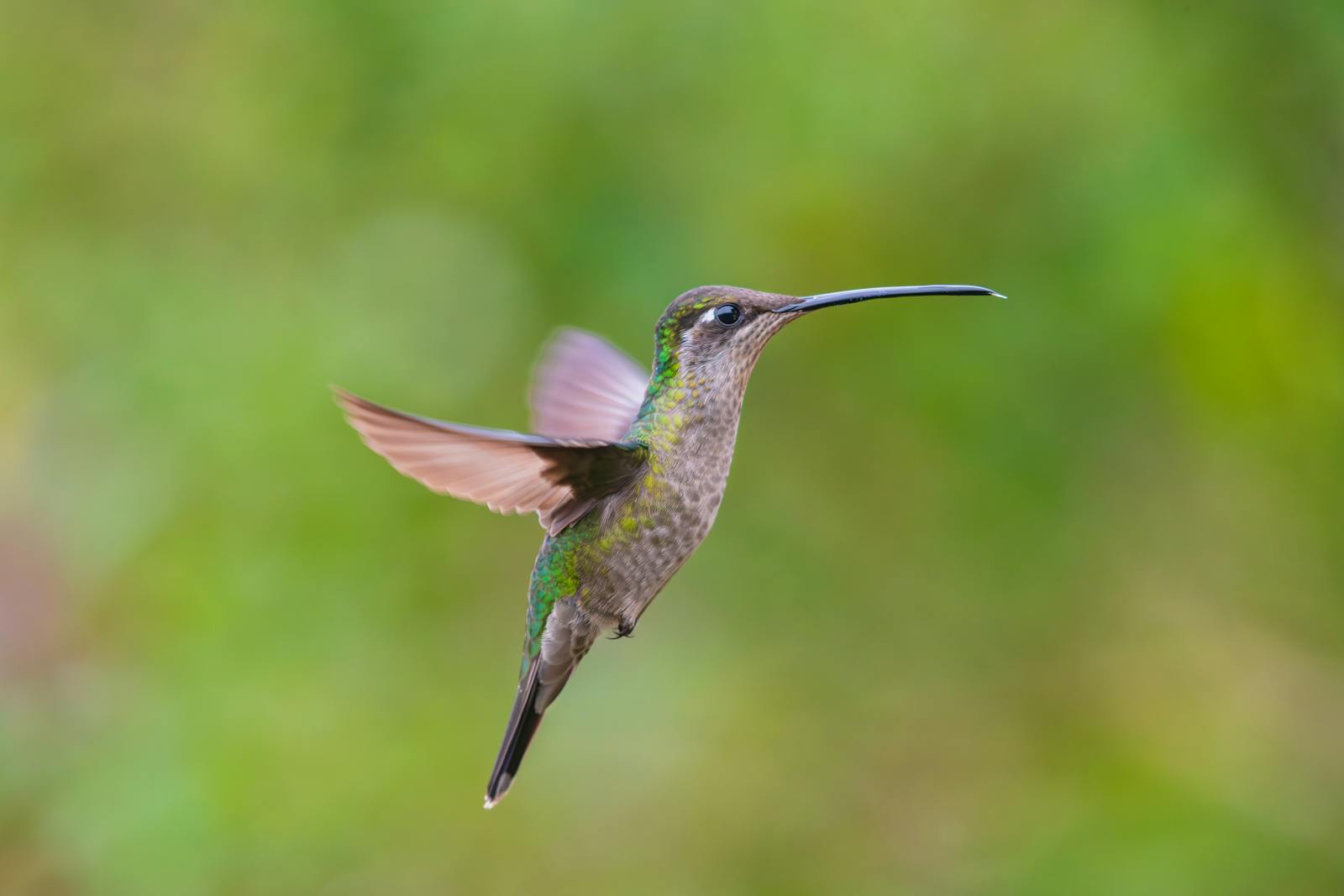
Hummingbirds have evolved some of the most specialized wing-based communication systems in the avian world, producing distinctive sounds during elaborate courtship flights. The Anna’s hummingbird (Calypte anna) performs spectacular dive displays where males climb to heights of 30 meters before plunging toward the ground at speeds exceeding 27 meters per second. At the bottom of this dive, they produce a distinctive high-pitched chirp that was long believed to be vocal but is actually created by air rushing through specially shaped tail feathers. Similarly, the broad-tailed hummingbird (Selasphorus platycercus) produces a distinctive wing trill during normal flight, with males having evolved specialized primary wing feathers with narrowed tips that vibrate at specific frequencies during flight. These mechanical sounds serve as both species identification signals and quality indicators during mate selection, with females potentially evaluating the precision and consistency of these sounds when choosing mates.
The Adaptive Advantages of Wingbeat Communication
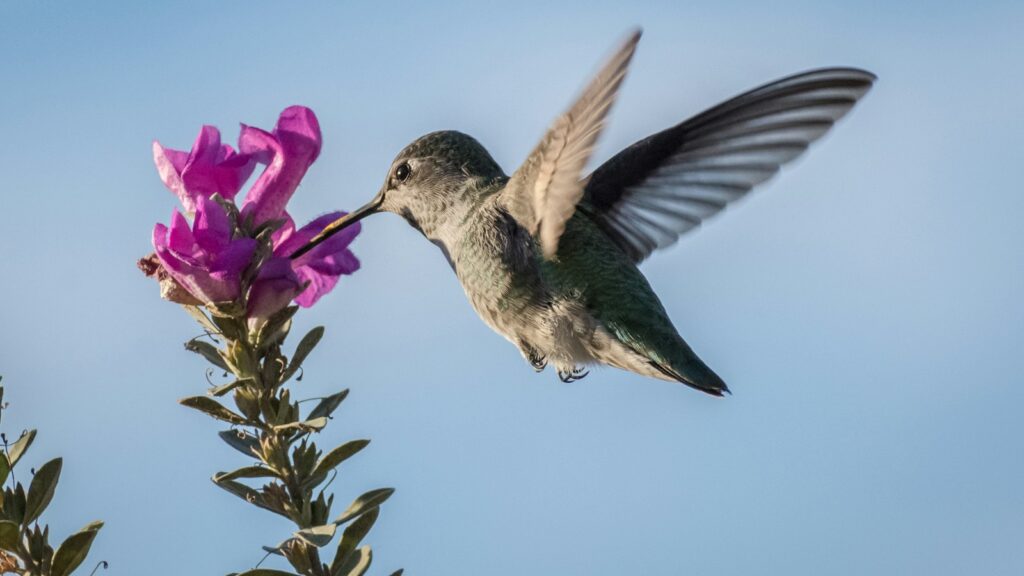
Wingbeat communication offers several distinct advantages over vocal signals in certain environmental contexts. In dense forest environments where visual signals may be obscured and sound can be distorted, the distinctive acoustic properties of wingbeats often propagate more effectively than songs or calls. Many wingbeat sounds, particularly those of grouse and some manakins, operate at lower frequencies that travel farther through vegetation with less degradation than high-pitched vocal sounds. Additionally, wingbeat communication allows birds to communicate while keeping their bills free for other essential activities like feeding or carrying nesting materials. For species vulnerable to predation, wingbeat signals can be advantageous as they’re often directional and harder for predators to pinpoint compared to vocal calls that radiate in all directions. Finally, in environments with high ambient noise—whether natural or human-caused—mechanical wing sounds often cut through competing sounds more effectively than vocal communications.
The Role of Sexual Selection in Driving Wingbeat Complexity
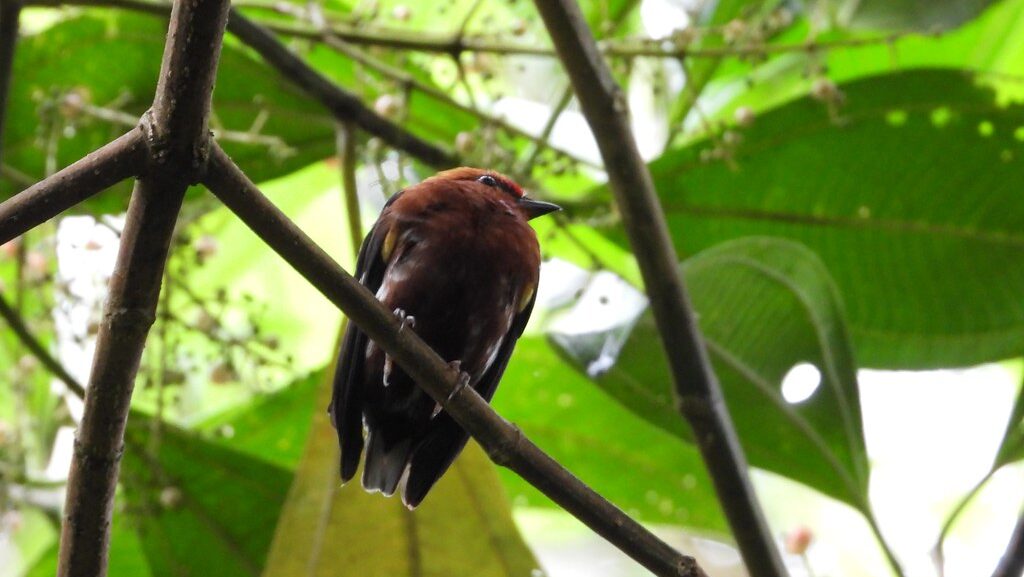
The extraordinary diversity and complexity of wingbeat communication systems are largely driven by sexual selection—the evolutionary process where certain traits become exaggerated because they influence mating success. In many species with elaborate wingbeat displays, females demonstrate clear preferences for males producing the most complex, consistent, or loud wing sounds. This preference creates strong selection pressure that gradually enhances the trait over generations. The club-winged manakin represents a fascinating example of how sexual selection can drive trait development even when it imposes costs on basic survival functions like flight efficiency. Research has demonstrated that female manakins can distinguish subtle differences in male sound quality, with features like consistency, rhythm precision, and frequency purity all potentially conveying information about male genetic quality, developmental stability, or overall health. This choosiness creates an “acoustic arms race” among males, driving the evolution of increasingly specialized anatomical adaptations for sound production.
Conservation Implications for Wingbeat Communicators
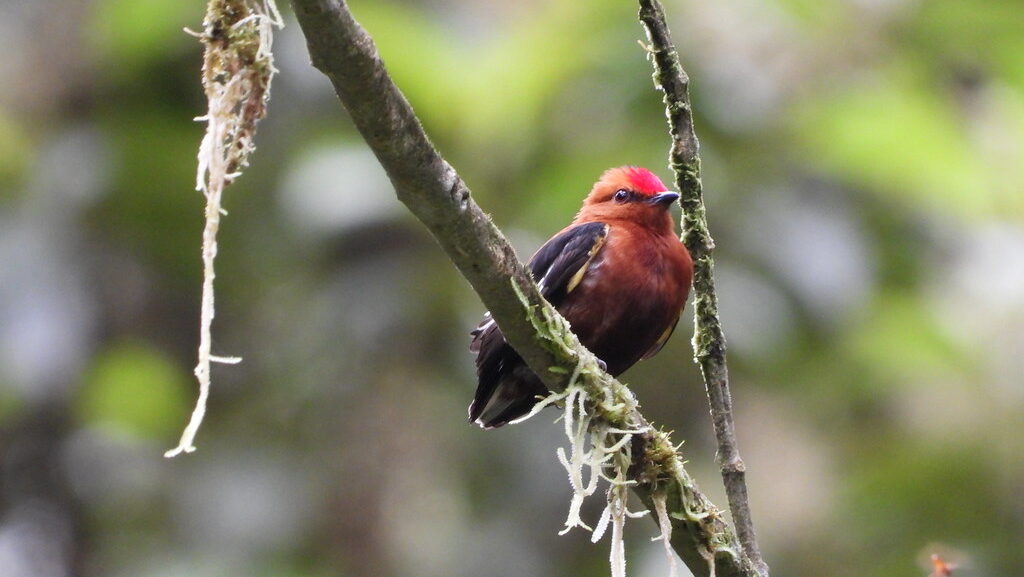
Birds that rely on wingbeat communication face unique conservation challenges in our changing world. Many specialist wingbeat communicators, particularly manakins, inhabit tropical forests facing severe deforestation threats, potentially disrupting the acoustic environments these specialized signals evolved to operate within. Habitat fragmentation poses a particular problem as many wing-displaying species require specific acoustic properties in their environment for effective signal transmission. Anthropogenic noise pollution represents another serious threat, as the low-frequency sounds produced by many human activities—from road traffic to industrial operations—often directly overlap with the frequency range of wingbeat communications. Climate change may also impact these specialized communication systems, as shifting vegetation patterns alter the acoustic properties of habitats, potentially rendering specialized signals less effective. Conservation efforts for these species must therefore consider not just habitat preservation but also the maintenance of appropriate acoustic environments.
The Frontiers of Wingbeat Communication Research

The study of wingbeat communication represents an exciting frontier in ornithological research, with new discoveries regularly expanding our understanding of these complex systems. Advanced recording technologies, including multi-microphone arrays and high-speed sound visualization techniques, now allow researchers to precisely map how wingbeat sounds propagate through different environments. Biomechanical studies using high-speed cameras synchronized with acoustic recordings are revealing the precise mechanisms behind sound production, often uncovering unexpected complexity in how feathers interact to create specific frequencies. Neurobiological research is beginning to explore how the brain circuits controlling these displays evolved, with evidence suggesting repurposing of neural pathways originally devoted to flight control. Perhaps most intriguingly, researchers are investigating potential information encoding in these signals—whether subtle variations in tempo, frequency, or pattern might communicate additional information about the signaler’s condition, motivation, or identity, suggesting these wingbeat languages may be even more sophisticated than previously recognized.
Cultural Significance and Human Appreciation

The distinctive sounds of wingbeat communication have not escaped human notice throughout history, often becoming integrated into cultural knowledge and folklore. Many indigenous communities in regions where wingbeat-communicating birds reside have incorporated these distinctive sounds into traditional ecological knowledge, using them as seasonal indicators or navigational aids. The drumming of the ruffed grouse features prominently in several Native American traditions, sometimes interpreted as the heartbeat of the forest or signals from nature spirits. Bird-watchers and naturalists often develop special appreciation for these mechanical sounds, with the wing-whistle of a mourning dove or the drum of a grouse evoking powerful connections to place and season. In contemporary times, these fascinating adaptations serve as powerful educational tools, demonstrating evolutionary principles and ecological relationships in ways that captivate public imagination. The specialized wingbeat communications of birds remind us that nature’s ingenuity extends far beyond the familiar, with countless adaptations still awaiting our full appreciation and understanding.
The remarkable diversity of wingbeat communication strategies across the avian world showcases the incredible adaptive potential of evolution. From the violin-like mechanisms of the club-winged manakin to the thunderous drumming of the ruffed grouse, birds have transformed the simple act of moving their wings into sophisticated communication systems that solve specific ecological and social challenges. These adaptations remind us that communication in nature extends far beyond the vocalizations that most readily catch human attention. As research continues to unveil the complexities of these systems, we gain deeper appreciation for the intricate ways animals have evolved to share information, establish territories, and attract mates. In the rapid wingbeats of a tiny manakin or the resonant wing-clap of a displaying pigeon, we witness the remarkable confluence of physics, anatomy, and behavior—all shaped by millions of years of evolution to create nature’s percussion instruments.
